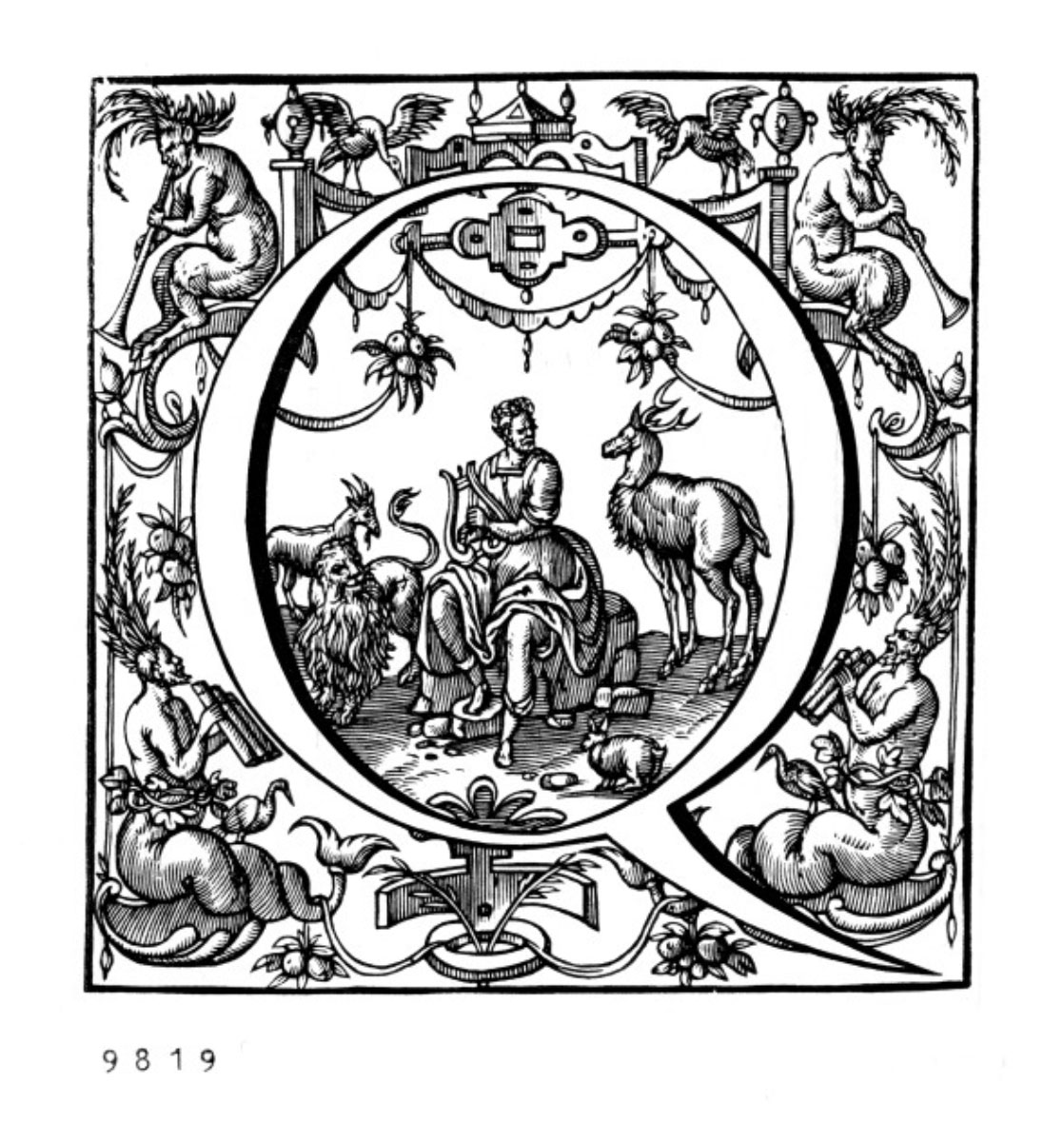
Making of Martyrs
1916 Courts Martial and Executions
Ronan McCreevy
Just after the Easter Rising, as executions of its leaders began, The Irish Times predicted that the rebellion would "pass into history with the equally unsuccessful insurrections of the past."
This raises one of history's great imponderables: what might have happened if the British had not executed the leaders? Would the widespread anger and dismay at the destruction and loss of life have subsided, or would it have fuelled ongoing resentment? Would the initial hostility towards the rebels on the streets of Dublin have persisted if the executions had not occurred, or would the leaders have become martyrs, shifting public sentiment in their favour?
The British decision to execute the leaders undoubtedly intensified support for the cause, helping to galvanise the independence movement. This case demonstrates the power of martyrdom in mythmaking and national narratives—how death in service of a cause transforms individuals into symbols that transcend their historical context, reshaping public memory and political allegiance.
𝌇 READ: "1916 Courts Martial and Executions: Making of Martyrs", The Irish Times; ▷ WATCH: "Dublin City Council Bram Stoker Festival 2023", YouTube. "Discovery: The Ghosts of Kilmainham", Clip from series of programmes commemorating the 50th anniversary of the 1916 Easter Rising in 1966, RTE. Public Domain.
↑ ▢ "Prison Yard, Kilmainham Gaol", 1916. Historic site where fifteen rebels were executed following the Easter Rising; Location: Dublin, Ireland. Referenced in William Butler Yeats' poem 'Easter 1916'; Source: Wiki Commons, Public Domain.
Copyright: Source materials belong to the public domain sources they originate from. See source site links for full rights and usage details. Materials shared on this site are used in accordance with Public Domain, Creative Commons, Open Access licenses, or applicable Fair Use principles. All rights remain with the original creators.
Copyright: Source materials belong to the public domain sources they originate from. See source site links for full rights and usage details. Materials shared on this site are used in accordance with Public Domain, Creative Commons, Open Access licenses, or applicable Fair Use principles. All rights remain with the original creators.









---Kristi-Fekete.jpeg)







